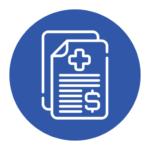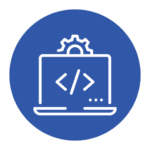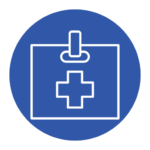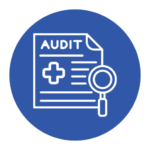Understanding medical billing is crucial for patients to navigate the complex healthcare system. It includes filing claims to insurance companies so that healthcare professionals may be paid for their services. Med Revolve Billing emphasizes that educating patients about medical billing is necessary to ensure transparency, reduce issues, and promote better financial health.
Tag: Techniques to Reduce Revenue Loss
What Are EHRs In Medical Billing? Its Importance and Benefits
Electronic Health Records (EHRs) transform how we store and manage medical information. In medical billing, EHRs ensure accuracy, efficiency, and security. They have changed the traditional paper-based system into a digital format, encouraging better medical data management and accessibility for physicians. Med Revolve Billing explores EHRs, their importance in medical billing, and the benefits they offer.
What Is Data Analytics? A Simple Guide
In the healthcare industry, data analytics is a powerful tool for improving processes, reducing errors, and increasing patient care. Specifically, within medical billing, data analytics involves the advanced analysis of extensive billing data to make informed decisions, identify trends, and optimize revenue cycle management. Med Revolve Billing delves deeply into the complex data analytics issues in medical billing.
Techniques to Reduce Revenue Loss in Medical Billing
Ensure financial stability with Med Revolve Billing’s proven techniques to reduce revenue loss in medical billing.











